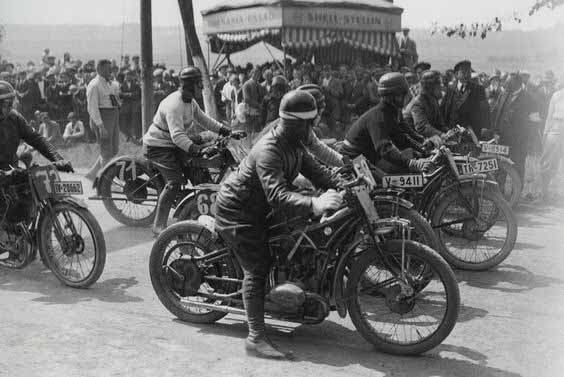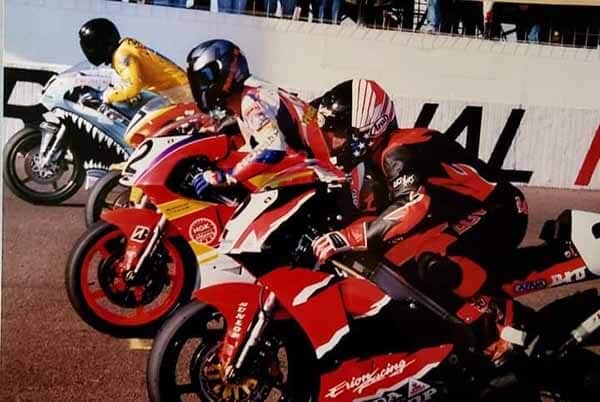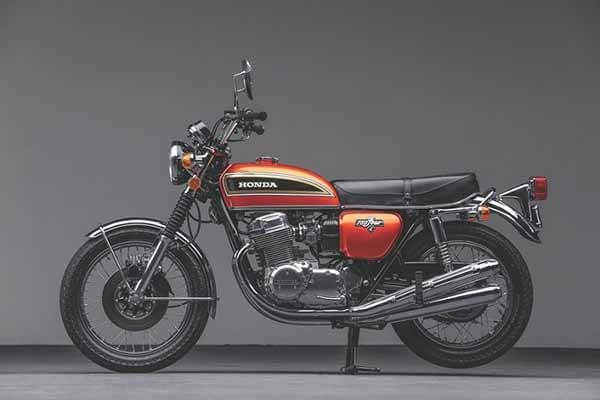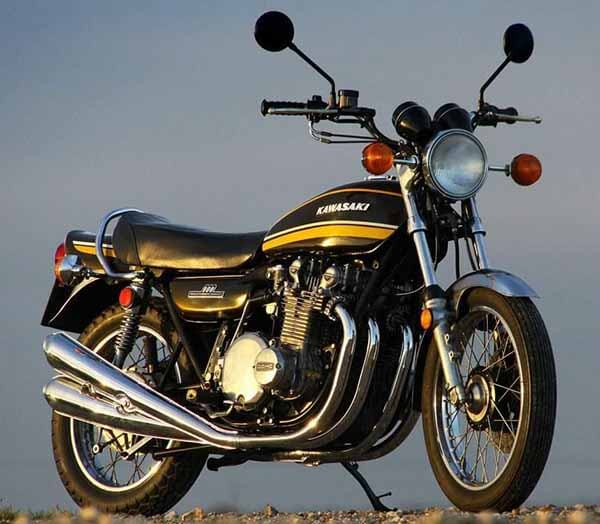When Gottlieb Daimler invented the first true motorcycle, the Daimler Reitwagan, back in the day, he probably couldn’t have dreamt how his invention would evolve over the years. But evolve it did, and as the popularity of motorcycles grew so to did the different types of motorcycles, with a whole range of different motorcycles available today, each with a specific purpose. Among the motorcycle, ranks sit the sports motorcycle, which has its own unique evolutionary pathway.
The Evolution of the Sports Motorcycle
Defining a sports motorcycle
Sports motorcycles are those bikes that are built with performance in mind. They are optimized for speed, acceleration, braking, and cornering on asphalt, concrete, pavement, and racetracks The prioritization of performance may come at the expense of fuel economy, storage, and comfort when compared to other bikes.
Generally speaking, the most popular sports bikes are those that are replicas of the motorcycles seen racing in the MotoGP or World Superbike Championship.
The war effort
Perhaps surprisingly, the second world war contributed to the development of the sports motorcycle. They were a key part of the Nazi arsenal, with the German Wehrmacht commissioning manufacturer, BMW to produce the R75. With its sidecar and mounted machine gun, fans of war movies will recognize the R75. Many a filmmaker has co-opted it into their movies when portraying the German army.
Radio manufacturer turns to motorcycles
It was during the 1940s that Italian manufacturer, Ducati, a company that had made radios before and during the war, found itself moving into the manufacture of motorcycles to stay out of the red. They managed to keep the company going by securing wins and podium finishes in motorcycle races over this period. It was over this era that sports bikes began selling in significant numbers.
The advance of the British
From the late 1940s until the end of the 60s, the British manufacturers dominated the scene. The jewel in their crown was arguably the motorcycle created by Phil Vincent and Phil Irving of Vincent Engineers. When they unveiled the hand-built 998 CC Vincent Black Shadow 1948 at the Earl’s Court Motor Show in 1948, the world’s media went into overdrive.
It was referred to as a “connoisseurs machine.” The production motorcycle was untouchable, at the time when it came to speed and acceleration. The Black Shadow is still considered by some, one of the most outstanding designs of all time.
Triumph’s 650 CC Tiger 110 and Bonneville 120 saw the end of this era in the development of the sports motorcycle before the baton was passed to the Japanese manufacturers. The Japanese had already made their presence known with Honda’s CB92 Bentley SuperSport in 1959
The birth of the sports motorcycle
It’s 1969 and man is just about to walk on the moon, but for motorcycle enthusiasts, something even more exciting had just happened. Honda has just released the first bike in what would later become known as the sports motorcycle class, the Honda CB750. It was the precursor to today’s superbikes.
Unveiled at the Tokyo bike show in October 1968, the CB750’s release to the public was eagerly anticipated. It was the first four-cylinder motorcycle and silenced the critics who said building a four-cylinder bike was too complicated a task and couldn’t be done. Coupled with the four-stroke engine were four carburetors, four foxy, a four into four exhaust, and a five-speed gearbox. The 736.5 cc engine produced 676 hp and had a top speed of 120 mph. It was also the first production bike to have a hydraulic front brake system.
The CB750 was elevated into cult status when Dick Mann won Daytona on his first attempt riding one. It also signaled the end of British dominance in the manufacture of motorcycles and the rise of their Japanese counterparts. In the US, 60,000 CB750 motorcycles were sold in the first year demonstrating its popularity, at a price just below that of a Volkswagen Beetle.
Kawasaki does it bigger and better
Kawasaki had been in a race with Honda to get the first sports bike out there. Disappointed, they went back to the drawing board, and in 1973 produced a machine that was even bigger. The Kawasaki Z1 was 900 cc, had a top speed of 130 mph, and was 82 hp.
Despite planning a more complete and superior machine, the Z1 came up short in the braking and handling, lacking the innovation that was evident in the CB750. Nonetheless, it was an extremely popular bike among consumers.
Suzuki’s modern sports bike
Just over a decade later, it was Suzuki who set the world on fire with its GSX-R. Overnight, Suzuki changed the face of sports motorcycles, the motorcycle taking out the 24 hours at Lemans immediately after its introduction.
Suzuki had created the first modern superbike by taking a race bike and modifying it, so it was street legal. Prior to this, manufacturers had taken their best road bike and adapted it for the race circuit. Consumers could now ride a replica of the bike of their favorite rider.
Honda bounces back
Rising to Suzuki’s challenge, Honda introduced the RC30 in 1988. It’s fair to say that no production sports bike has created the waves that the RC30 did in 1988. For the coming few years, the motorcycle dominated the podium finishes.
The RC30 was the first production bike to feature titanium alloy, was compact and had a low center of gravity. Every component included in the bike was the lightest possible, resulting in a motorcycle that weighed just 404 lbs.
The lightweight twin-beam chassis had the ability to flex around the corners, with unprecedented handling capabilities. The punters loved it, so much so the RC30 is still considered one of the greatest motorcycles ever built.
The ninja dynasty
Fast-forward to 2004 when the Kawasaki Ninja ZX-10R announced its arrival on the world stage. With riders Jonathan Rea (5) and Tom Skyes (1) taking out the world superbike championships on a Ninja ZX-10R over six consecutive years, the Ninja dynasty was born. The bike is still produced to this day.
The future
The future remains a blank page but with the advances in technology and the materials available today the future of sports motorcycles is, to quote an old 80s tune, so bright you gotta wear shades.
About the author: Michael Parrotte was the Vice President of AGV Helmets America, and a consultant for KBC Helmets, Vemar Helmets, Suomy Helmets, Marushin Helmets, KYT Helmets, Sparx Helmets. In addition, he is the founder and owner of AGV Sports Group.
MS/L




